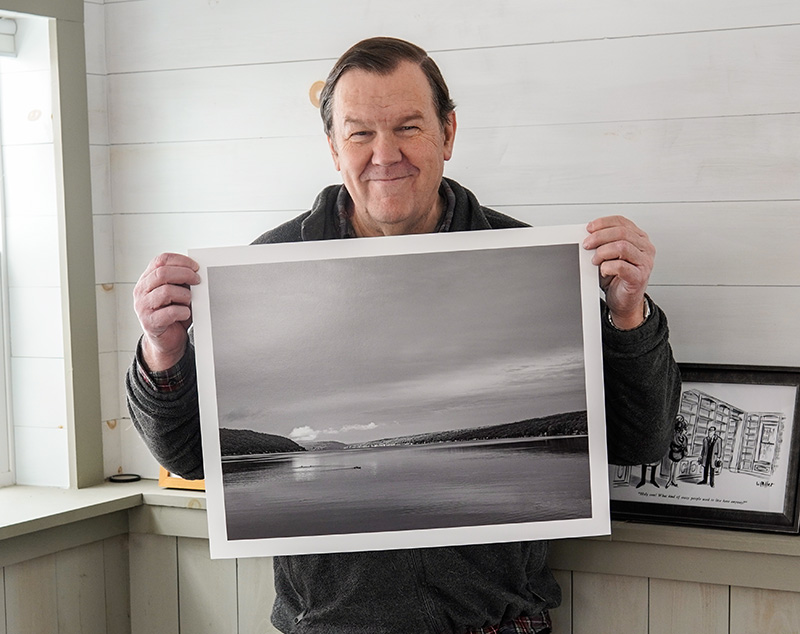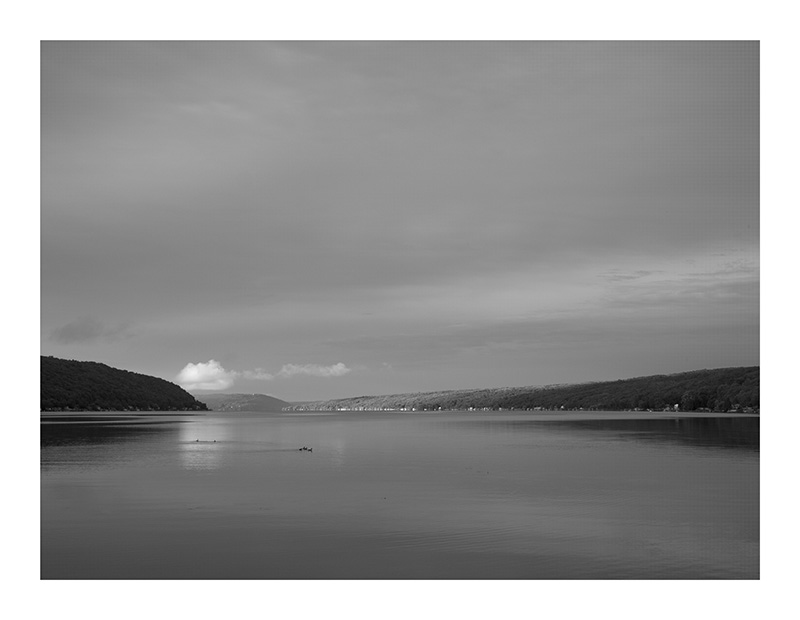The other day I wrote: "I'll tell you, after working with the monochrome sensor, everything from a Bayer-array color sensor looks blurry."
Chris Feola commented: "This. So much this. Since I got the Pentax K-3 III Monochrome I cannot bear to look at digital color, to the point that these days I carry a Pentax 17 loaded with Ektachrome 100 for my occasional colour shots, rather than any of my very expensive colour digicams."
We understand that 1.) many people don't like B&W and/or would rather convert their color files when they do want it. Or 2.) Maybe they don't want to shoot B&W. And 3.) Any other objection they might have to this post.
And I will grant you that the files are harder to handle than film. You need to know what you want in post-processing and know how to get it. Straight out of the camera the files mimic a film with a severe straight-line characteristic curve top to bottom, with no rolloff in the highlights and no gradual tapering of the shadows. I struggle with them sometimes, although I usually get close to where I want to be. Practice helps.
But if you like B&W, I will say that once you shoot a monochrome sensor, the lovely clarity and sharpness-without-harshness of a monochrome sensor gets pretty addicting.
Can I assume Pentax Monochrome and Leica Monochrom shooters know what I mean?
I got my camera converted here. My camera has an IR cut filter built-in, as I presume all of the commercial models do. Daniel is now doing selected Panasonic and Nikon models as well. Don't assume that everything he'll do is listed; ask him.
As related elsewhere, I waited 19 years for an affordable monochrome-sensor camera to arrive and then ordered my custom conversion just months before the Pentax K-3 III Monochrome was announced. So you have me to thank for the existence of the Pentax; the Universe was waiting patiently all those years for me to commit to an expensive alternative before solving the problem simply. You know what Rabbie Burns said, the best-laid schemes o' Mikes and men / oft go awry....
Something like that anyway. Here's one of Ned's shots with the Pentax K-3 III Mono.
Mike
Original contents copyright 2025 by Michael C. Johnston and/or the bylined author. All Rights Reserved. Links in this post may be to our affiliates; sales through affiliate links may benefit this site. As an Amazon Associate I earn from qualifying purchases. (To see all the comments, click on the "Comments" link below or on the title of this post.)
Featured Comments from:
Pak Ming Wan: "I certainly appreciated the bump in sharpness, but I appreciated even more the extra sensitivity of the sensor without the photons having to go through a Bayer array. In low light a monochrome camera has so much less noise and delivers cleaner images with more tone."
Jim Kofron: "Just an appreciation of this post as well as a reminder that you get (most of) the best of both worlds (color and monochrome) with the Foveon-chipped cameras from Sigma—although you don't get the fantastic sensitivity of modern sensors. I'm looking forward to the arrival of the Sigma BF—and who knows—maybe I'll go down the monochrome conversion route with that one as well."
Shaun: "I have a Sony A7r III converted by Monochrome Imaging Services. Your comment about clarity and sharpness without harshness is spot on. I didn't know my lenses were capable of the detail produced by this sensor. There is also a buttery smoothness to the tone transitions, difficult to describe but very evident in the files. Perhaps comparable to a large format contact print."
James Weekes: "Based on your experience, I had a Lumix converted by MIS and have not looked back. Lovely clarity and sharpness. A true bargain."




